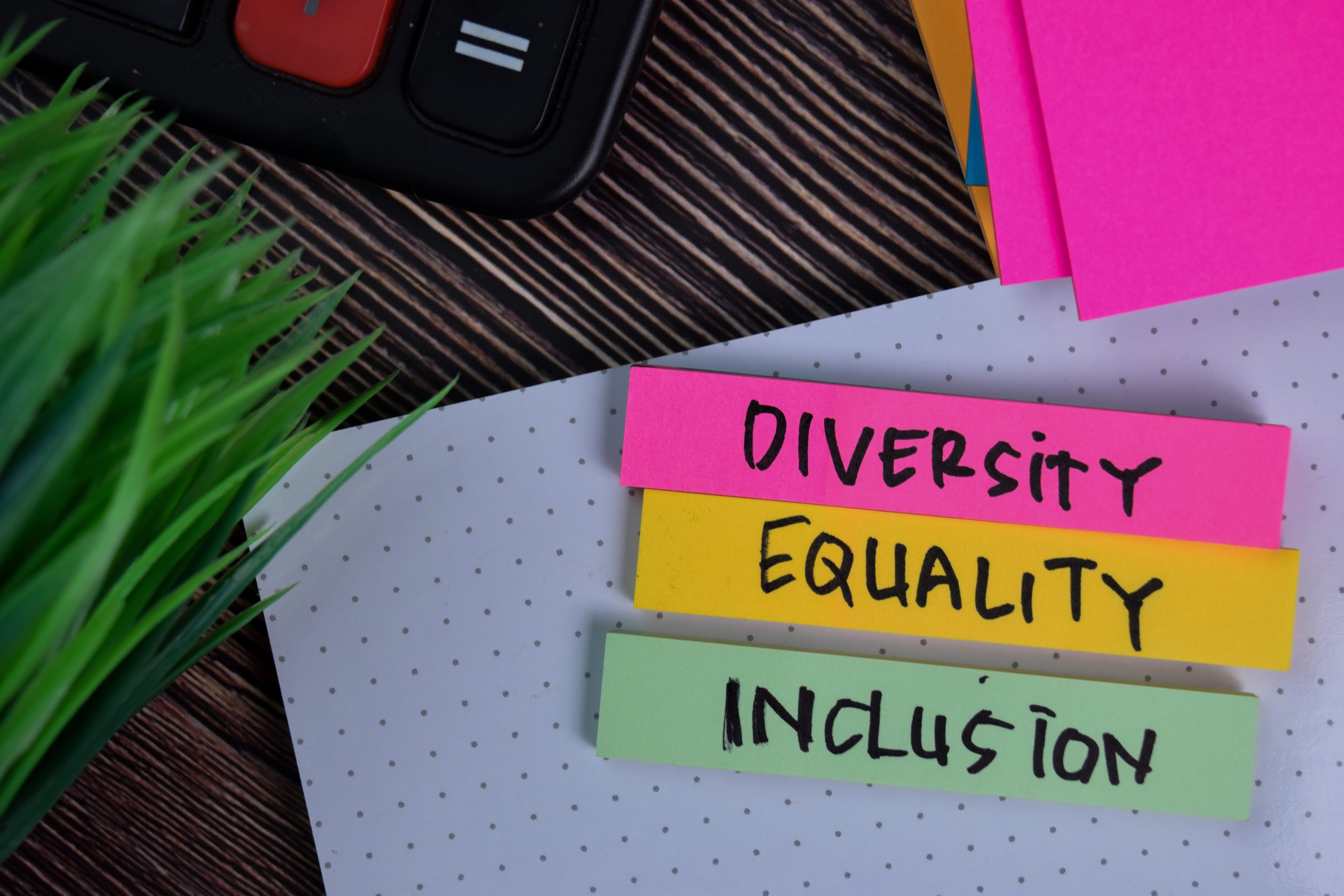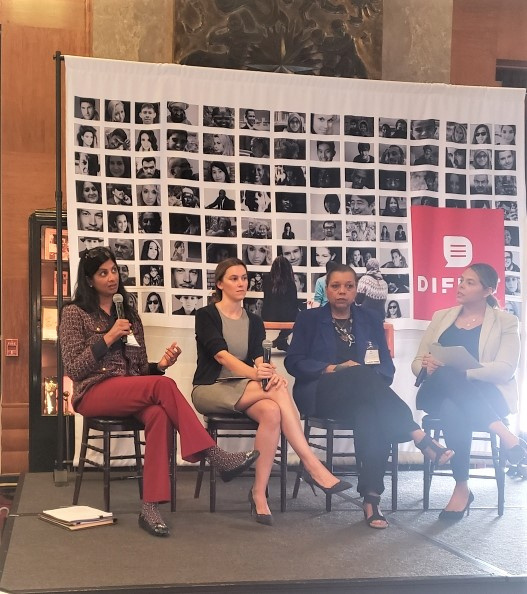No Supplier Diversity Program? Here’s What You’re Missing
Market trends, data, competitive threats, and opportunities all need to coalesce to move a board or the C-suite to make organization-wide changes. Use this reasoning to pitch supplier diversity to the powers that be.
Market Trends
Getting ‘left behind’ is the demise of many organizations historically. That’s because what’s going on in the market is a reflection of customer and stakeholder demands, which must be supplied by the businesses that serve them.
The Diversity, Equity & Inclusion (DE&I) conversation has gained significant steam over the past decade. While diversity policies were first enacted in the United States in the 1960s , a coalescing of events and sentiments has reinvigorated these discussions.
Notable movements such as #MeToo, #BlackLivesMatter, and #StopAAPIHate have brought social injustices to the forefront of our minds. What goes on in society is reflected in the day-to-day of a business, since the impacts are felt by the individuals that work there. This has moved human resources departments and boards of directors to make progress on inclusivity by reconsidering how organizations operate.
As a result, diverse hiring, mentoring, and supplier diversity initiatives have been enacted in many Fortune 500 companies globally. These programs are part of Corporate Social Responsibility efforts that organizations have employed since the 1990s as a way to strengthen their social contract with citizens.
This market trend towards ‘doing good business’ is now an essential ingredient of modern operations. Consequently, there are competitive threats and opportunities for business owners.
Competitive Threats
A primary competitive threat posed by the widespread use of DE&I efforts is the attrition and attraction of stakeholders. Employees, investors, and customers are drawn to companies that hold the same values as them. Alternatively, they are deterred from companies that they don’t feel aligned with.
It’s far easier to work for, purchase from, invest in, and respect a company that is on the same page in terms of how to treat others. This tighter relationship between individuals and organizations drives tangible outcomes like access to a wider and deeper talent pool, as well as threats.
The competitive threat of greater awareness and inclusion of diversity is that organizations can no longer simply list DE&I efforts on their websites. They have to prove they take these values seriously, which can be seen in the impact of initiatives. How many people from underrepresented groups are being hired, how much money is spent with diverse suppliers, and how has morale or engagement changed since implementing DE&I initiatives are metrics that demonstrate greater belonging and inclusion.
In 2020, the certifying council Canadian Women Business Enterprises (WBE) sent a survey to large purchasing organizations (LPOs). Their nearly 50 responses indicated 97.8% of the organizations had at least a partial Supplier Diversity (SD) program, if not a fully developed program.[1] The survey also found that some SD programs exist in part because of the pressure from their B2B customers to diversify their supply chains.
If that survey represents a larger trend, we can expect more and more businesses to enact supplier diversity policies in the coming years. This will squeeze out companies that do not emphasize the importance of diversifying their supply chains and workforce.
Opportunities
Finally, supplier diversity presents an opportunity to develop a strategic advantage. Better products, services, and customer delivery come from learning, which requires a departure from what we already know.
Diverse simply means showing a great deal of variety. Variety in ideas, opinions, tactics, and thinking is the perfect storm for creating advanced solutions to the problems a business solves. Plus, out-of-the-box thinking from diverse suppliers allows organizations to meet the needs of customers that look, sound, and think diversely.
The reason underrepresented groups think out-of-the-box is that they’ve had to live much of their lives outside of what we’d deem ‘average’. The way they interact with others, are treated, are stigmatized, and are excluded impact how they think – and thus, solve problems. With varied points of view, new ideas are valuable tools that help grow a business.
Organizations have the chance to not only create robust cultures inside their workforces but also to bring in fresh ideas by working with diverse suppliers.
What Next?
Market trends, competitive threats, and opportunities related to supplier diversity give organizations the strategic benefit of competing and thriving in the coming decades.
While this data reflects the drive toward greater supplier diversity, companies also need to consider how they’re implementing these programs.
As said by Robin J. Ely and David A. Thomas: “Increasing diversity does not, by itself, increase effectiveness; what matters is how an organization harnesses diversity, and whether it’s willing to reshape its power structure.”[2]
Learn more about the “how” in our previous blog post How to Create a Supplier Diversity Procurement Program .
[1] https://member.wbecanada.ca/accessally_protected/the-state-of-supplier-diversity-programs-in-canada-2021/
[2] https://hbr.org/2020/11/getting-serious-about-diversity-enough-already-with-the-business-case







